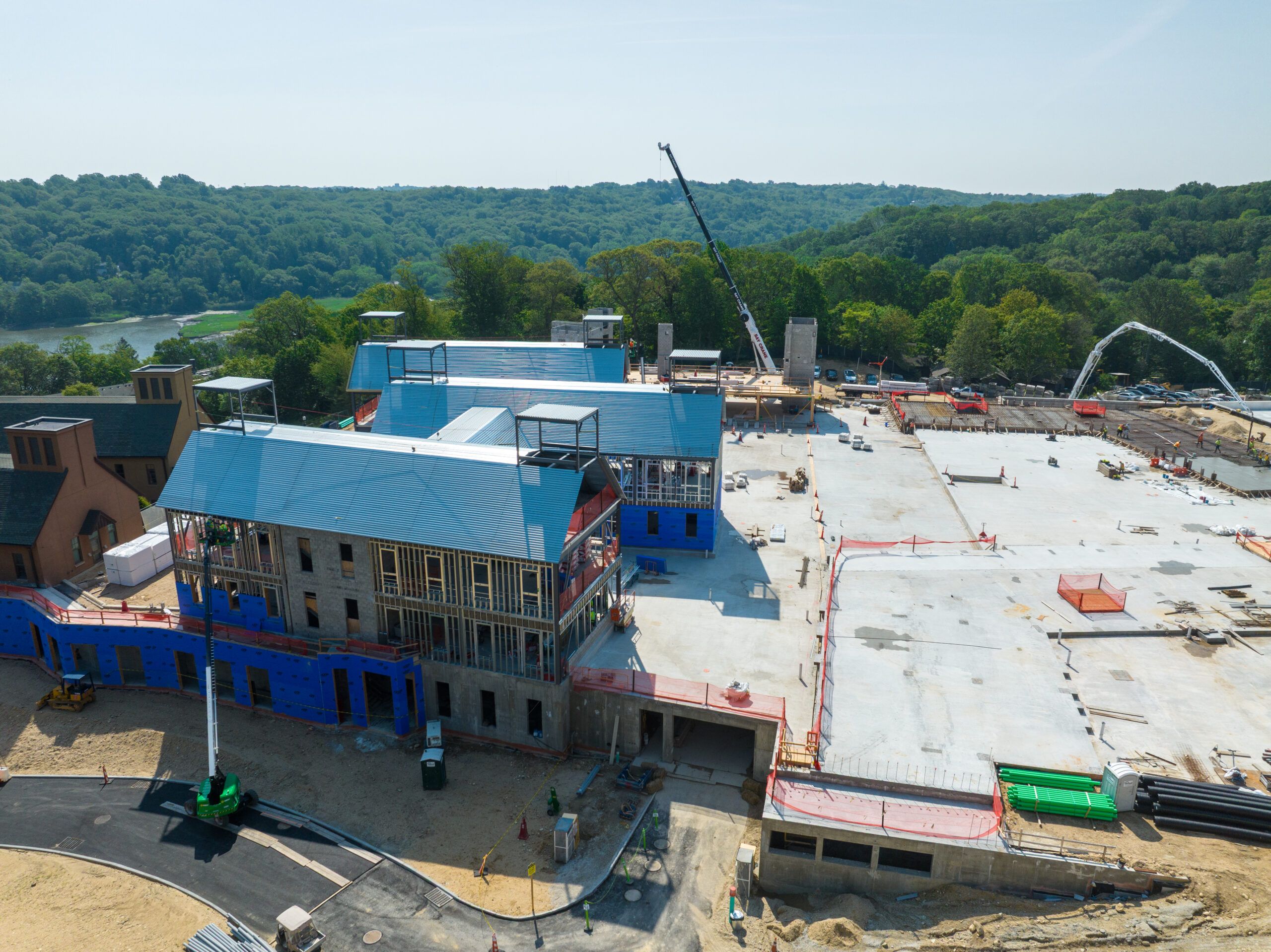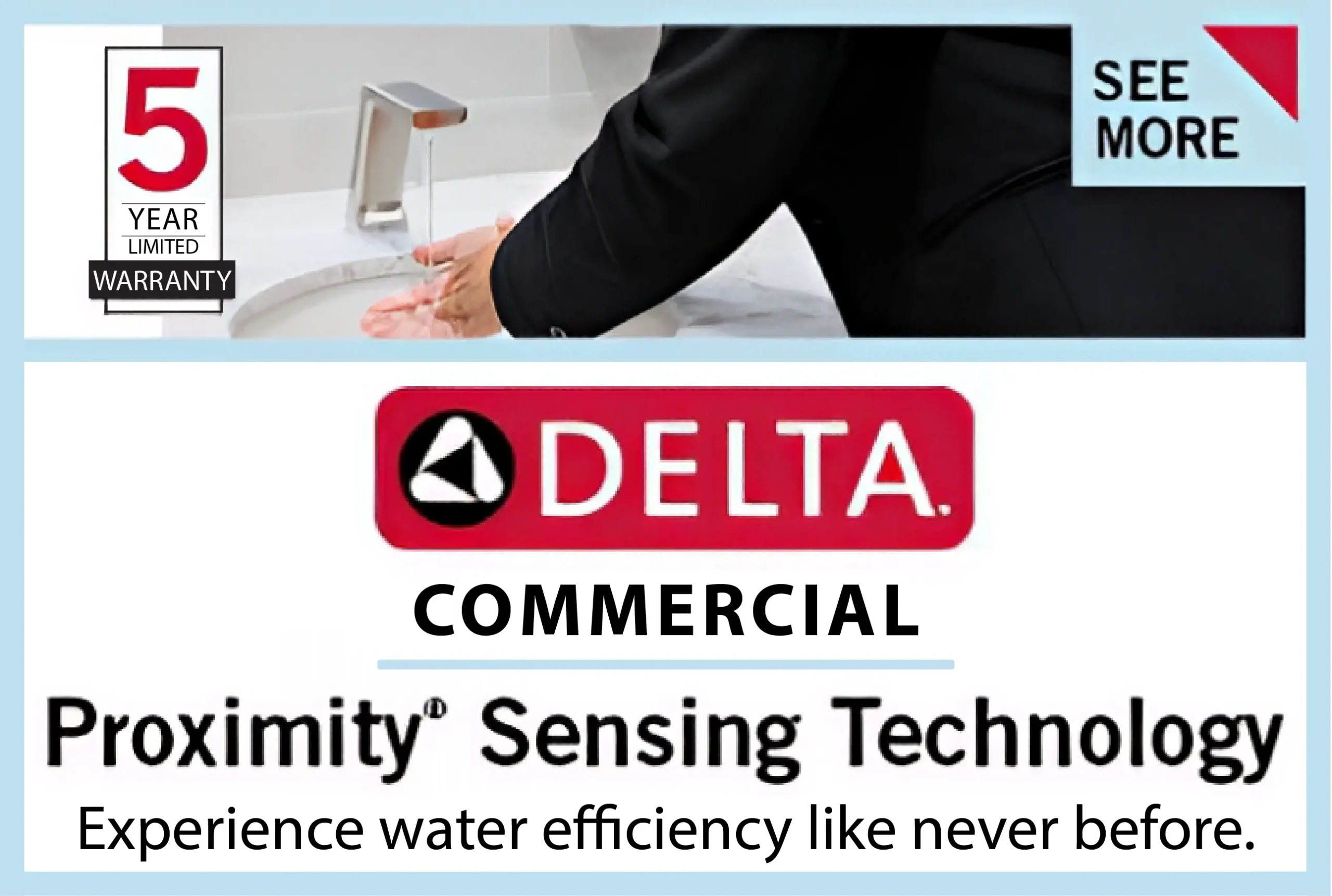The residential construction market is experiencing a paradigm shift as discerning homeowners increasingly demand home renovation projects that mirror the durability and performance standards found in commercial construction. This evolution toward professional-grade home renovation approaches represents more than a trend; it’s a fundamental recognition that commercial quality residential materials deliver superior longevity, performance, and value over traditional builder-grade alternatives.
As the line between industrial-grade home construction and high-performance residential building continues to blur, contractors and homeowners alike are discovering the transformative benefits of applying commercial construction principles to residential projects.
The commercial construction industry has long understood that material selection directly impacts project success, operational efficiency, and long-term cost management. Understanding building material grades reveals how commercial projects consistently prioritize durability and performance over initial cost savings, a philosophy that’s increasingly influencing residential renovation decisions. The contrast becomes stark when examining how builder-grade materials compare to professional specifications, particularly in terms of lifespan, maintenance requirements, and overall performance characteristics.
Understanding Material Grade Classifications
Commercial construction operates within a sophisticated material classification system that categorizes products based on performance characteristics, durability ratings, and intended applications. This systematic approach to material selection stands in sharp contrast to the residential market’s traditional focus on builder-grade options designed primarily for cost efficiency rather than performance optimization.
The distinction becomes particularly evident when examining structural components, finishes, and mechanical systems. Commercial-grade materials undergo rigorous testing protocols, meet stricter manufacturing standards, and often include extended warranty provisions that reflect their superior construction and expected lifespan. These materials are engineered to withstand intensive use patterns, environmental stresses, and operational demands that far exceed typical residential applications.
For residential applications, this translates into materials that can handle the unexpected stresses of family life with remarkable resilience. Think of it as choosing between a workhorse truck designed for commercial delivery versus a standard passenger vehicle. Both serve their intended purpose, but the commercial-grade option brings robustness and reliability that proves invaluable over time.
Durability Advantages in Real-World Applications
Commercial-grade materials demonstrate their value through extended service life and reduced maintenance requirements. Where residential-grade flooring might show wear patterns within five to seven years, commercial-grade alternatives maintain their appearance and structural integrity for decades under similar conditions.
This durability advantage becomes particularly pronounced in high-traffic areas like kitchens, bathrooms, and entryways. Commercial-grade tile, for instance, features denser construction, superior glaze formulations, and enhanced slip resistance compared to residential alternatives. The result is flooring that maintains its appearance and safety characteristics despite intensive daily use.
Similarly, commercial-grade plumbing fixtures incorporate heavier-gauge materials, precision manufacturing tolerances, and corrosion-resistant finishes that significantly extend operational life. These fixtures are designed to handle constant use in demanding environments, making them ideal for busy family households where reliability and longevity matter most.
Performance Under Stress
Commercial materials are engineered to perform consistently under stress conditions that would compromise residential-grade alternatives. This becomes particularly important in structural applications where material failure can have serious consequences for both safety and cost.
Commercial-grade fasteners, adhesives, and sealants maintain their integrity across wider temperature ranges, moisture conditions, and mechanical stress cycles. This enhanced performance translates into fewer callbacks, reduced warranty claims, and improved client satisfaction for renovation contractors.
The enhanced performance characteristics also benefit homeowners through improved energy efficiency, better acoustic properties, and superior weather resistance. Commercial-grade windows, for example, typically feature multi-chambered frames, advanced glazing systems, and precision weatherstripping that delivers measurably better thermal performance than standard residential units.
Cost Analysis Beyond Initial Investment
While commercial-grade materials typically command higher initial costs, comprehensive lifecycle analysis reveals their superior value proposition. The extended service life, reduced maintenance requirements, and improved performance characteristics often result in lower total cost of ownership compared to multiple replacements of residential-grade alternatives.
This economic advantage becomes particularly compelling when factoring in labor costs for replacement projects. Avoiding premature material replacement eliminates the need for repeated demolition, disposal, and reinstallation activities that can be more expensive than the materials themselves.
For renovation contractors, specifying commercial-grade materials can reduce liability exposure while enhancing reputation for quality work. Clients appreciate the peace of mind that comes with materials designed for demanding applications, and the reduced callback frequency improves project profitability.
Installation Considerations and Techniques
Commercial-grade materials often require modified installation techniques and specialized tools to achieve optimal performance. This requirement creates opportunities for contractors to differentiate their services while ensuring proper material performance throughout the expected service life.
Proper installation becomes particularly critical with high-performance materials where manufacturer warranties depend on adherence to specific installation protocols. Commercial-grade materials typically include comprehensive installation guidelines that specify substrate preparation, adhesive selection, environmental conditions, and quality control checkpoints.
The investment in proper installation pays dividends through enhanced material performance and reduced risk of premature failure. Contractors who master these techniques can command premium pricing while delivering superior results that justify the increased material and labor costs.
Technology Integration and Smart Building Systems
Commercial construction increasingly incorporates smart building technologies and automated systems that optimize operational efficiency and occupant comfort. These same technologies are finding their way into high-end residential renovations, creating opportunities for forward-thinking contractors and homeowners.
Commercial-grade building automation systems offer sophisticated control over lighting, climate, security, and energy management that far exceeds typical residential solutions. The robust construction and extensive feature sets justify their use in luxury residential applications where performance and reliability are paramount.
The integration of commercial-grade technology also future-proofs residential projects against evolving standards and expectations. As smart home technology becomes mainstream, having infrastructure capable of supporting advanced systems becomes increasingly valuable.
Environmental Performance and Sustainability
Commercial construction projects face stringent environmental performance requirements that drive innovation in sustainable materials and building practices. These same materials offer residential projects access to advanced sustainability features that weren’t previously available in residential-grade products.
Commercial-grade insulation systems, for example, often incorporate advanced materials and installation techniques that deliver superior thermal performance while meeting strict fire safety and environmental standards. The enhanced performance translates into measurable energy savings and improved occupant comfort in residential applications.
Similarly, commercial-grade mechanical systems incorporate efficiency technologies and control strategies that optimize energy consumption while maintaining precise environmental conditions. These systems represent significant upgrades over standard residential equipment in terms of both performance and operational cost.
Quality Control and Testing Standards
Commercial materials undergo extensive quality control testing that ensures consistent performance across production runs. This testing includes accelerated aging protocols, stress testing, and environmental exposure simulations that predict long-term performance characteristics.
The rigorous testing standards provide confidence in material performance that supports extended warranty provisions and performance guarantees. For residential applications, this translates into materials with proven track records in demanding commercial environments.
Contractors benefit from the comprehensive technical documentation that accompanies commercial-grade materials. Detailed performance specifications, installation guidelines, and troubleshooting resources support successful project completion and reduce risk of material-related issues.
Market Trends and Future Outlook
The convergence of commercial and residential construction standards reflects broader market trends toward quality, sustainability, and long-term value. As construction costs continue rising, the economics of durable, high-performance materials become increasingly compelling for residential applications.
This trend is driven partly by changing homeowner expectations and partly by the recognition that quality materials represent sound long-term investments. The growing availability of commercial-grade materials through residential channels reflects market demand for superior performance and durability.
For construction professionals, understanding and implementing commercial-grade material standards represents a significant competitive advantage. The ability to deliver superior performance and longevity justifies premium pricing while building lasting client relationships based on demonstrated value and quality.
Implementation Strategies for Contractors
Successfully transitioning to commercial-grade materials requires strategic planning and investment in training, tools, and supplier relationships. Contractors who make this transition effectively can differentiate their services while capturing higher-margin projects that value quality over initial cost savings.
The key lies in educating clients about the value proposition of commercial-grade materials while demonstrating the expertise needed to properly specify and install these advanced products. This educational approach builds trust while justifying the investment in superior materials and specialized installation techniques.
Building relationships with commercial material suppliers also provides access to technical support, training resources, and volume pricing that improves project economics. These partnerships become particularly valuable when tackling complex projects that push the boundaries of traditional residential construction.
The integration of commercial construction standards into residential renovation represents a fundamental shift toward quality, performance, and long-term value. As this trend continues to evolve, contractors and homeowners who embrace commercial-grade materials will enjoy the benefits of superior durability, enhanced performance, and improved return on investment that define successful construction projects in any market segment.











